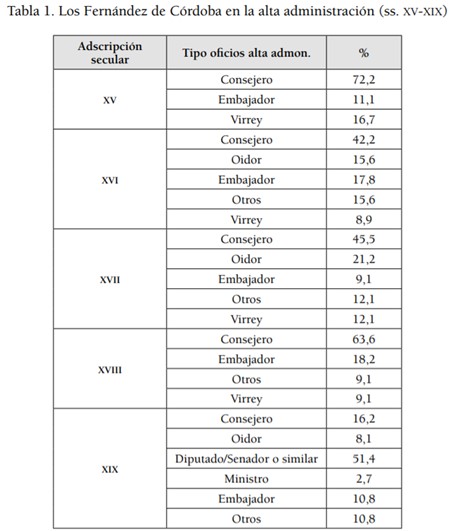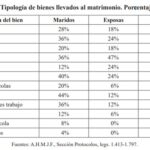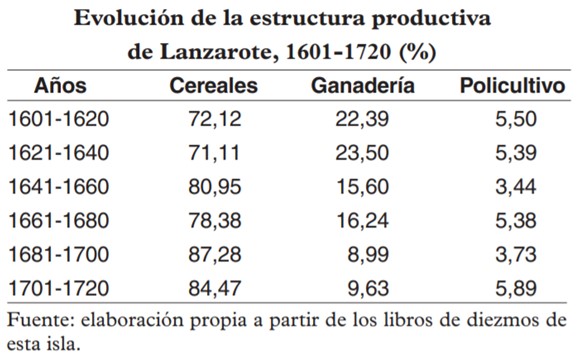
The dowry, a form in which the contracting parties contributed movable and immovable property to the marriage in order to have a patrimonial base, was one of the strategies used by families to make their members attractive and thus be able to position them in the best social esteem. The resource shows the typology of the dowry property, according to the sex that provided it, in Jerez de la Frontera during the 18th century. The diversity and composition of the dowry reflects the main roles of each sex: men most frequently provided housing (36%), money (28%), shops (12%), livestock (44%), land (40%), agricultural products (20%) and work equipment (36%); while women offered clothing (47%), jewellery (24%) and land (24%). The man-woman, work-home dichotomy in the patrimonial contribution served as a social cushion for the family. While the contribution of land and cultivation provided the new household with economic consolidation, with work opportunities for future offspring and the acquisition of its own resources, the clothes, money and furniture brought by the woman created the physical home itself. As the author points out, the study of dowry also reflects the socio-professional composition of the municipality. In this case, the large amount of land, although brought to the marriage in small tracts of maximum 2 hectares, shows the clear agricultural orientation of the locality.
Collection: Statistics
Project: 3. Rural world and urban world in the formation of the European identity., 4. Family, daily life and social inequality in Europe.
Chronology: XVIII
Scope: Secondary Education, Baccalaureate, University
Link: https://rua.ua.es/dspace/bitstream/10045/59298/1/RHM_34_11.pdf
Resource type: Statistics
Format: Table
Source: González Beltrán, J. M. (2016). "Emancipación masculina y transmisión de bienes en el núcleo familiar en Andalucía a fines de la Edad Moderna", en Revista de Historia Moderna. Anales de la Universidad de Alicante, nº 34, p. 204.
Language: Spanish
Date: 2016
Owner: Pablo Ballesta Fernández (Modernalia)
Copyright: ©Revista de Historia Moderna ©Jesús Manuel González Beltrán
Abstract: Composition and typology of the endowed goods in an Andalusian agricultural locality, marking its economic component and sexual differentiation
Image
Tags







